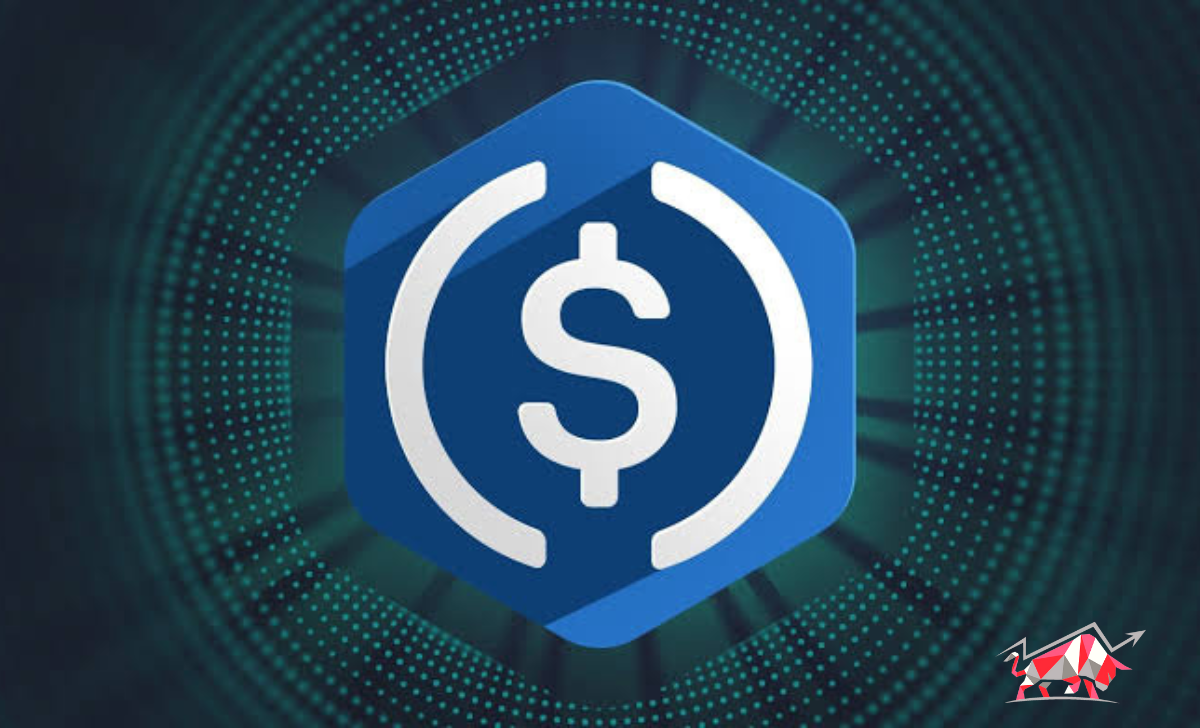Circle, the issuer of the widely-used USD Coin (USDC), has unveiled its official integration with the Polkadot network. This development, announced on September 19, marks a pivotal moment for both Circle and the Polkadot ecosystem.
As per Circle’s official statement, Polkadot USDC is now readily accessible to developers and users alike. This stablecoin can seamlessly traverse the Polkadot parachains via the XCM protocol, utilizing Circle Account and Circle APIs.
Polkadot Asset Hub: The Birthplace of Polkadot USDC
The heart of this integration is the Polkadot Asset Hub, a parachain meticulously designed for issuing, managing, and facilitating the transfer of digital assets within the expansive Polkadot ecosystem. Circle underscores that Circle Account and Circle APIs exclusively support Polkadot USDC that originates natively from Polkadot Asset Hub within the Polkadot ecosystem.
To utilize Polkadot USDC via XCM, users must initially transfer their USDC from Circle Account to an external Polkadot Asset Hub wallet address. Circle issues a stern caution, advising users not to attempt depositing XCM-transferred USDC from any parachain other than Polkadot Asset Hub to their Circle Account, as such actions may result in irreversible fund loss.
USDC’s Expanding Footprint
With the incorporation of Polkadot, USDC now extends its reach to a total of 14 diverse blockchain networks. Among these networks are renowned names such as Ethereum, Tron, Stellar, Solana, and more.
This latest addition aligns with Circle’s vision to maintain its prominence as a key interoperable cryptocurrency while facilitating cost-effective transactions. The integration with Polkadot introduces a host of features including trading, borrowing, and lending on popular parachains such as Centrifuge, HydraDX, and Moonbeam.
This integration firmly establishes USDC as a leading stablecoin with broader network support than its rival, Tether (USDT). At present, USDT supports a total of 11 networks. It’s worth noting that in August 2023, Tether ceased minting the stablecoin on three blockchains, namely Bitcoin Omni Layer, Bitcoin Cash, and Kusama, citing a lack of user interest.


